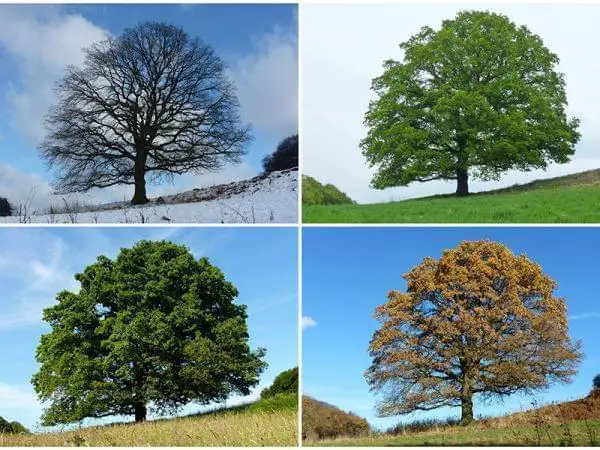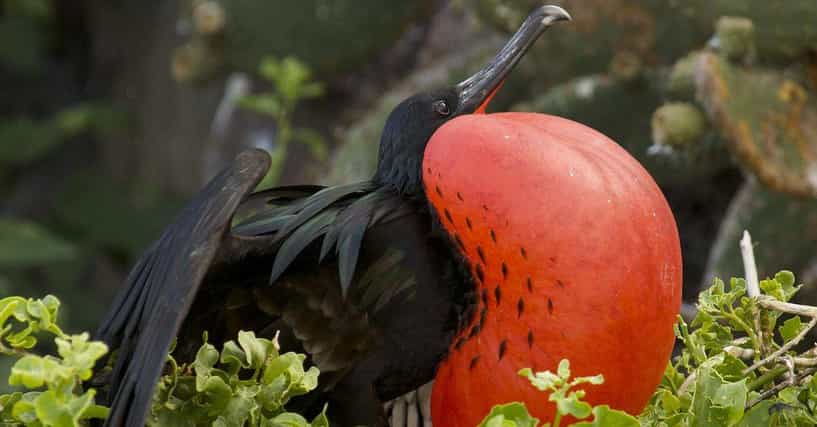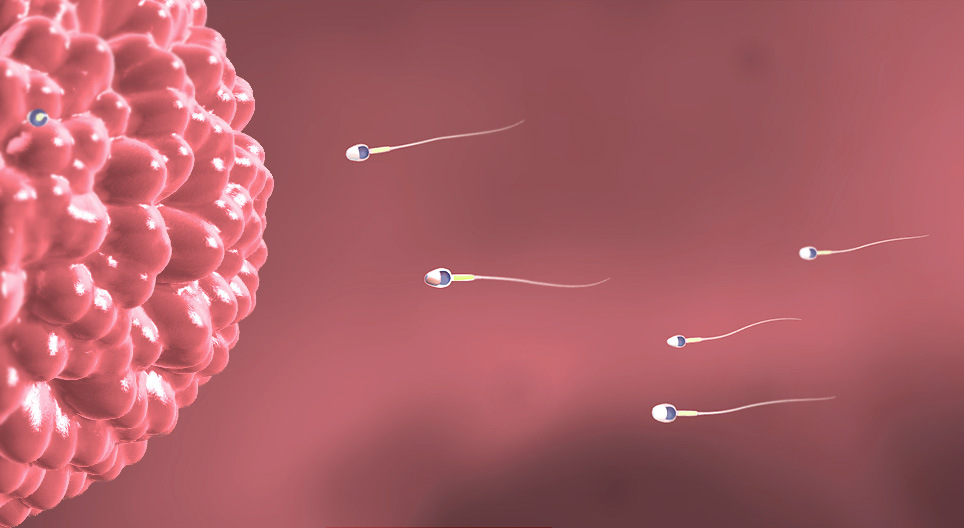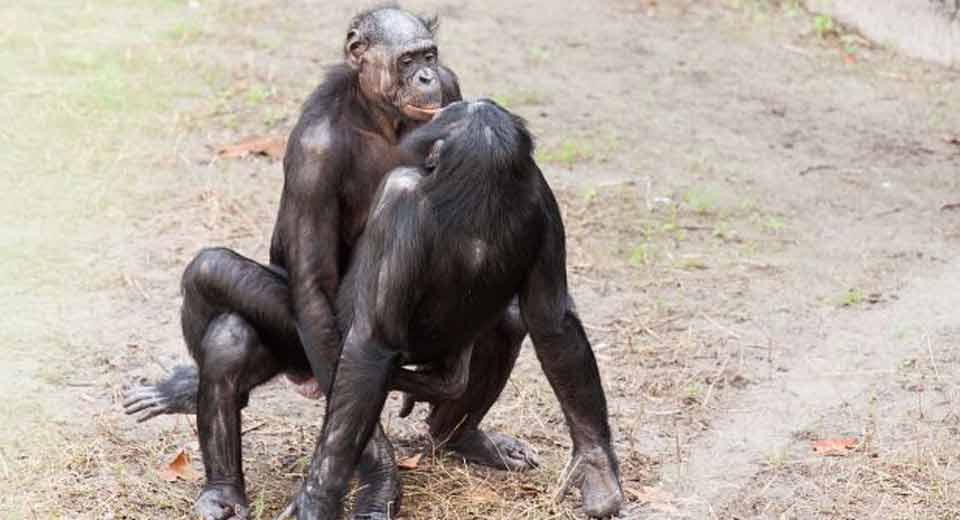How do different species attain their distinct identities as species? The short answer is through speciation which is a process(formation of distinct species) that relies on various mechanisms that isolate different groups of organisms so that they are prevented from reproducing hybrids.
A prezygotic barrier or isolation is a situation in reproduction where the eggs of an organism fail to be fertilized.
In this case, no offspring or zygote will be produced. It can be contrasted with postzygotic barriers which occur after fertilization.
In this case, the offspring are produced but they are sterile or not viable. This means that even if offspring are produced, they will die without reproducing to maintain their line.
Both prezygotic and prezygotic barriers are examples of reproductive isolation where interbreeding of two populations is prevented thus isolating their gene pools.
The effect of both processes is the same (gene pool split that maintains or leads to speciation), but their causes are different.
Here are 7 prezygotic barriers examples:
1. Timing Barriers

When two species have different mating times during the year, it becomes impossible for them to mate and reproduce.
For example, the mating times of some frogs may fall in different seasons.
Wood frogs and leopard frogs attain sexual maturity at different points of the spring which gives them different reproductive cycles.
Therefore, despite living in the same pond, they will not mate.
In plants, a similar example is seen in some wild lettuce species.
Even though hybrids can be artificially formed from them, these hybrids can’t be found in nature.
The flowering times of the lettuce occur at different seasons such as early spring or summer.
2. Animals in Different living zones
Have you wondered why tigers and lions are not usually able to interbreed?
The reason is that they are geographically separated from each other. Hence, they are not able to meet and mate.
For example, for 150 years, lions and tigers roamed the ranges in India without meeting each other.
Lions kept on open grassland where they hunted in pride. Tigers stuck to forests and hunted as solitary animals.
Another example is dragonfly species whose habitats overlap. One dragonfly species may prefer staying in rivers and streams while others may live in lakes.
3. Plants Separated By Zones
Plants may be prevented from forming zygotes because they are found in different regions.
For example, the valley oak is a deciduous tree that thrives in open grassland and valley floors.
On the other hand, scrub oak is an evergreen only found in steep floors where the soils are less fertile.
Due to their different locations, hybrids of the two species are rare or are never formed.
4. Different Mating Behaviors

Before mating can take place, some species usually engage in elaborate courtship rituals.
However, the manner of this may differ among species. If a certain behavior is not followed, mating is not likely to take place between the species.
For example, some birds make certain mating calls before mating can occur. If this is not responded to, no mating takes place.
An example is the two duck species pintails and mallards which are freshwater ducks.
They can produce fertile offspring when interbred but in nature, they rarely mate.
5. Mechanical Barriers in Animals
Mating is a physical process that requires mechanical compatibility. For example, if the male or female sexual organs of related animal species differ in structure, they become incompatible.
This makes copulation or mating impossible.
Size also plays a role. In some dog breeds, the different sizes of the dogs can also prevent mating from happening.
6. Mechanical Barriers in Plants
Differences can arise in structure and size among plant flowers. This can also prevent mating and fertilization by limiting pollination among related plant species.
For example, when bees transfer pollen from one species to another, the pollen usually adheres to a specific body area of the bee.
If this body part fails to touch the flower’s receptive structures of the second plant, the pollen will not be transferred and so fertilization will not take place.
7. Gametic Isolation

Some animals achieve fertilization by shedding their gametes (sperms and eggs) in water. These are meant to meet and fuse so that fertilization occurs forming zygotes.
However, for some species, the gametes fail to attract one another and therefore no fertilization takes place.
In other cases, mating takes place in some land animal or plant species. However, the sperm performs poorly in the female reproductive tract leading to no fertilization.
Conclusion
Some practice drills never seem to go anywhere! Prezygotic isolation looks like a target practice that goes on forever without ever hitting the target.

